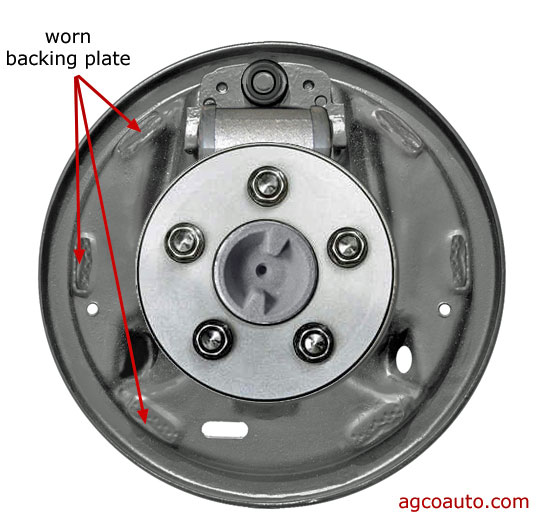Casey72
Well-known member
1972 Mustang coupe with manual drums, new wheel cylinders, hoses and shoes.
I just installed my second master cylinder, as the first one would pump up to some pressure (after several pumps), but the pedal travel was extreme and as soon as foot pressure was released from the pedal all pressure in the system went away and the pedal would go to the floorboard. After some research reading every brake thread in this forum and a ton of stuff elsewhere, it seemed that I'd ruined a seal in the process of bleeding a completely dry brake system, except for the master cylinder, which was bled prior to installation. Oh, well.
Today, with new master cylinder in hand, I bled the master cylinder using my vacuum pump, performed the install and bled the four corners with the pump, as well. I didn't spare any fluid in the process and I can't imagine there's any air left in the lines at this point.
Now the pedal will firm up after a single pump and hold pressure until foot pressure is released. The pedal travel is just right, too, which is great. However, when foot pressure is released the system will lose pressure and require a pump of the foot in order to regain firmness, though the pedal has more resistance now than with the old master cylinder when the system loses pressure. Otherwise, I'm experiencing the same problem as with the old master cylinder.
So, what am I missing here? Can anyone suggest a course of action to remedy this?
I just installed my second master cylinder, as the first one would pump up to some pressure (after several pumps), but the pedal travel was extreme and as soon as foot pressure was released from the pedal all pressure in the system went away and the pedal would go to the floorboard. After some research reading every brake thread in this forum and a ton of stuff elsewhere, it seemed that I'd ruined a seal in the process of bleeding a completely dry brake system, except for the master cylinder, which was bled prior to installation. Oh, well.
Today, with new master cylinder in hand, I bled the master cylinder using my vacuum pump, performed the install and bled the four corners with the pump, as well. I didn't spare any fluid in the process and I can't imagine there's any air left in the lines at this point.
Now the pedal will firm up after a single pump and hold pressure until foot pressure is released. The pedal travel is just right, too, which is great. However, when foot pressure is released the system will lose pressure and require a pump of the foot in order to regain firmness, though the pedal has more resistance now than with the old master cylinder when the system loses pressure. Otherwise, I'm experiencing the same problem as with the old master cylinder.
So, what am I missing here? Can anyone suggest a course of action to remedy this?
























































